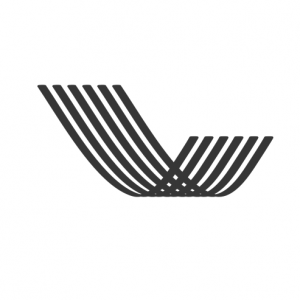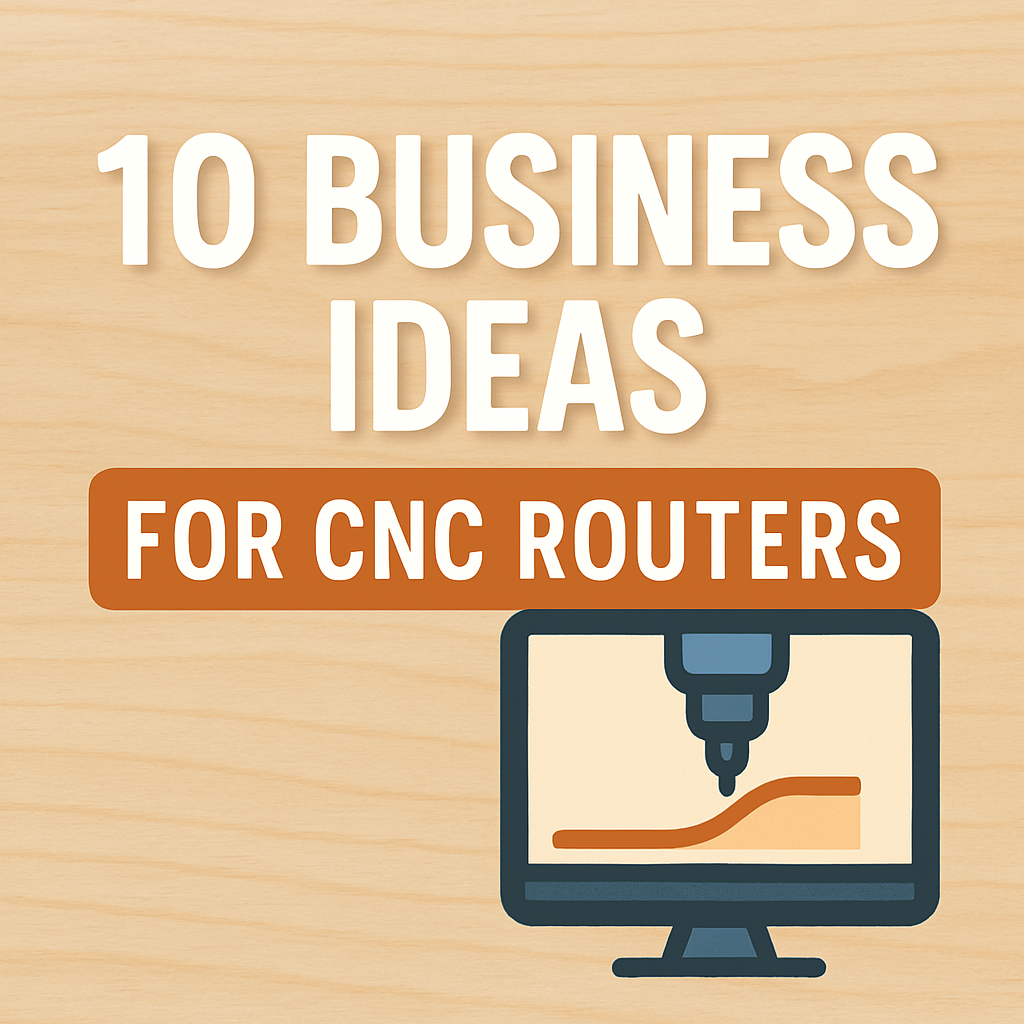If you’re exploring the world of CNC (Computer Numerical Control), you’ve likely come across terms like CNC files, free dxf/svg files, and furniture plans for Shapeoko, X-Carve, or WorkBee machines. CNC files are the digital instructions that guide routers, laser cutters, and other automated machines to create precise cuts or engravings. Whether you’re designing simple plywood flatpack furniture or launching a CNC router business, understanding how to create, edit, and use CNC files is an essential first step.
In this beginner’s guide, you’ll learn:
- What CNC files are and why they matter
- How to choose file formats (DXF, SVG, G-code)
- Software solutions for creating and editing CNC files
- Best practices for generating clean, machine-ready designs
What Are CNC Files?
CNC files are digital instructions (often in the form of G-code) that tell your machine how to move its cutting or engraving tool. The commands come from a CAD (Computer-Aided Design) or CAM (Computer-Aided Manufacturing) software application, which translates your design into a set of precise toolpaths.
Popular CNC File Formats
- DXF (Drawing Exchange Format) – Commonly used for 2D designs and widely supported by CAD software. You’ll find free DXF files for projects like parametric furniture or CNC signs.
- SVG (Scalable Vector Graphics) – Ideal for 2D shapes and logos. Programs like Inkscape or Adobe Illustrator can export SVG files ready for CNC use, including SVG and DXF files for Onefinity routers.
- G-Code – The actual machine code that drives CNC machines (routers, mills, lasers, etc.). Most CAM software can output G-code directly from your DXF or SVG designs.
Choosing the Right Software
To create and manipulate CNC files, you’ll need design and manufacturing software. Some popular choices include:
- Fusion 360: Offers both CAD and CAM features. You can design complex plywood flatpack furniture or beginner-friendly projects in 3D, then generate toolpaths.
- VCarve Pro / Aspire: User-friendly CAM programs commonly used in small shops and CNC router businesses.
- SketchUp + Plugins: SketchUp handles the modeling side; you can export or convert to DXF with the right plugins.
- Inkscape (Free): Great for editing vectors (SVG files) and creating 2D outlines for simpler CNC projects.
Creating & Editing CNC Files
1. Start with a Sketch or Template
- Rough Drafts: Pen-and-paper sketches help clarify what you want to build (e.g., a CNC chair or desk).
- Digital Tracing: Scan and import your sketch into software like Inkscape or Fusion 360 to create vector outlines.
2. Design in CAD
- Precision: Use exact measurements for each part of your design—especially important for furniture plans for Shapeoko or other machines where you’ll cut real-world parts.
- Layers & Organization: Label each layer or component (seat, back, legs, etc.) so you can easily modify specific elements later.
3. Convert to CAM
- Toolpath Generation: Configure cut depth, tool diameter, feed rate, and spindle speed based on your material (wood, acrylic, aluminum).
- Simulation: Most CAM software will show a preview of the toolpaths cutting through your material. This step is essential to avoid mistakes.
4. Export as G-Code
- Double-Check Settings: Confirm your machine model, bed size, and bit type are correct in the software.
- File Transfer: Save the G-code file and transfer it to your CNC machine (via USB, SD card, or network connection).
Tips for Clean & Accurate Cuts
- Use High-Quality Vectors: Blurry or pixel-based images can cause jagged edges. Always work with true vector files (DXF/SVG).
- Mind Your Bit Size: Smaller bits capture more detail but take longer to cut. Larger bits remove material faster but may lose fine details.
- Secure Your Workpiece: Proper clamping or vacuum hold-down systems prevent the material from shifting mid-cut.
- Practice on Scrap: For new designs or materials, do a test cut on inexpensive scrap wood before final production.
- Keep It Simple (at First): If you’re a beginner, start with small, beginner-friendly parametric furniture design files or simple shapes. You can tackle more complex designs once you’re confident in the basics.
Where to Find Free CNC Files
- We usually have some free files on sale: https://make.better.furniture
- Online Communities: Sites like Thingiverse, CNC-specific forums, or Facebook groups often share free DXF/SVG files.
- Maker Marketplaces: Platforms like Etsy or Design Bundles have premium and free vector files for all kinds of projects.
- Open Source Libraries: Some design studios and makers release their work under Creative Commons licenses, perfect for personal or educational use.
Conclusion
Understanding how to create, edit, and use CNC files is the cornerstone of any CNC-based project. From grabbing free dxf/svg files to generating your own G-code, the right processes and software can transform your ideas into tangible products—be it a simple sign, a plywood flatpack furniture kit, or a custom piece designed for your CNC router business. Start with small projects, gradually refine your skills, and soon you’ll be tackling more advanced designs that showcase your creativity and technical know-how.


